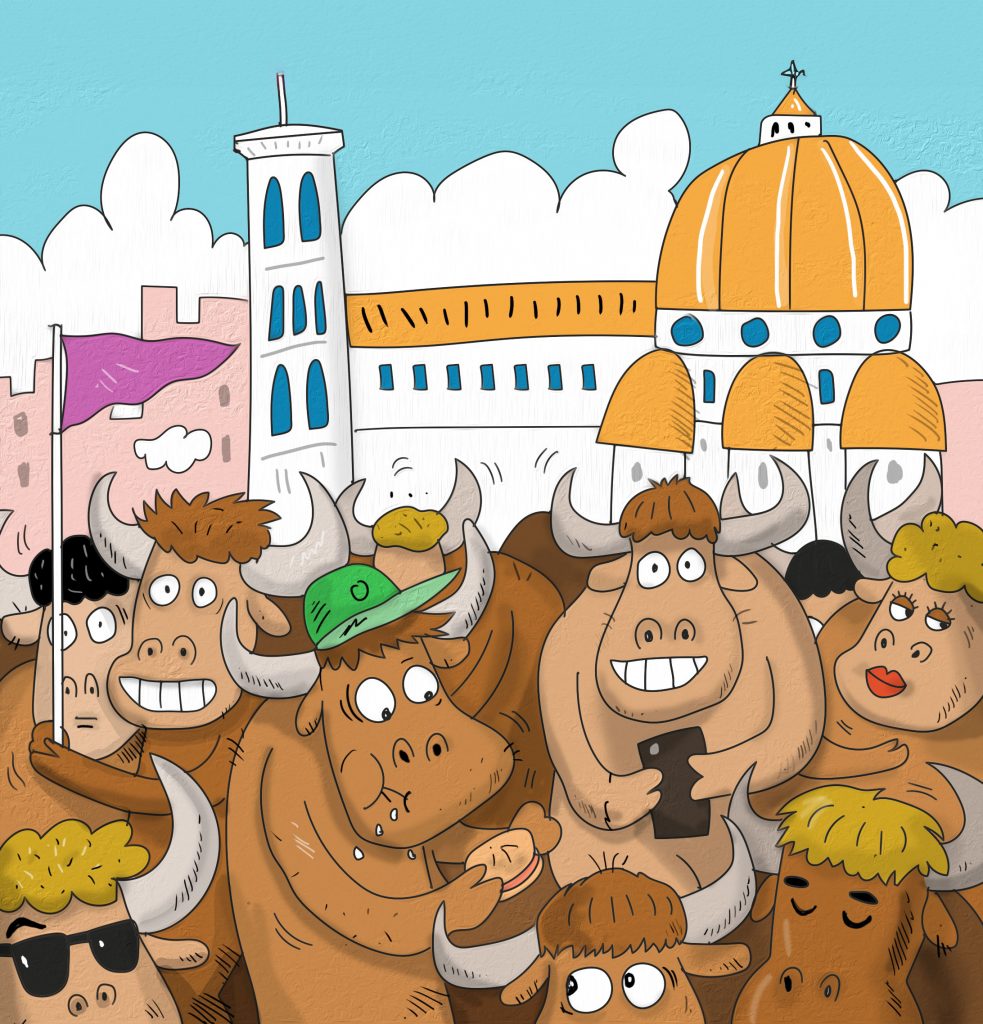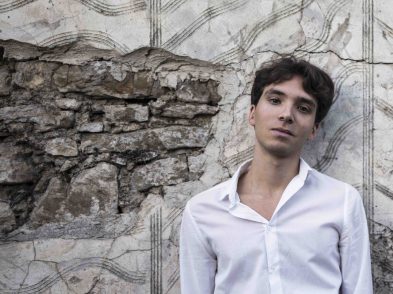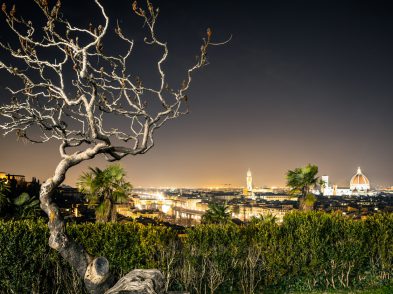They were back this summer, in greater numbers than ever: the mass of mordi e fuggi (literally “bite and run”) tourists, the foot soldiers of over-tourism that have got people who live in Florence nostalgic for the quiet days of pandemic. They make short visits, often just a few hours, clog up the streets and contribute little to the local economy. Fortunately, rather like the enormous herds of wildebeest on their annual migration across the Serengeti, the mordi e fuggi brigade follows highly predictable routes. Cross the Ponte Vecchio and take a right under the arches of the Vasari Corridor, on past the Uffizi and into piazza della Signoria; then up via dei Calzaiuoli to the Duomo. You won’t be alone, I guarantee—wildebeest everywhere!

Mass tourism has driven local residents out of much of the centro storico and led to growing disneyfication, where authenticity is squeezed out by bland iterations of the Florence Experience for short-stay tourists. Stand in line to see the David. Check. Stand in another line to get a panino on via dei Neri. Check. You know what I mean. The challenge for international people who live here or make frequent and/or extended visits to Florence is how to find something a bit more authentic, a step away from the wildebeest.
The City and the City is an astonishing novel by the magisterial British writer China Miéville. It is set in an imagined metropolis in eastern Europe, where two separate cities have evolved in the same urban space. Some areas are 100 per cent one or other of the cities, but in the centre there are many streets where both cities coexist, with subtle distinctions demarcating which bit of the street is in which city. The citizens of the two cities are required to exist only in their city and are trained from birth not to see or engage with the other city, even when it is just a few centimetres away. It’s a wonderful book, strongly recommended.
In the years I have been living in Florence, I have come to apply Miéville’s conceit to our urban environment. Here there are also two cities entwined, one called Florence, the other called Firenze. Florentines operate mostly in Firenze, whilst Florence is the domain of tourists.
Clearly nearly all the city outside the centro storico is entirely Firenze, and parts of the centre are almost completely Florence—think Ponte Vecchio, the Porcellino and its market, or the Sophia Loren restaurant on piazza della Repubblica. But what makes this game interesting, and possibly useful, is that in many places Florence and Firenze coexist. This is particularly true of the Oltrarno, round Santo Spirito, for example. If you are eating your dinner in Trattoria Casalinga, you are in Firenze. It’s family run, has maintained its tradition of simple but delicious Tuscan cuisine at reasonable prices, the menu is only in Italian, the staff prefer to talk you in Italian, and many of the customers are Florentine. Walk 20 metres down the street to stand in line for a pizza and none of these criteria apply: you are most definitely in Florence. Round the corner, the tour groups finish up in the piazza and adjourn to a bar facing the Basilica di Santo Spirito for an Aperol Spritz (a sure sign that you’re in Florence!). Few of them venture inside the basilica, which is an active local community church that just happens to have been designed by Brunelleschi and contains some outstanding Renaissance paintings, plus a Michelangelo crucifix. Pure Firenze. You get the idea.
Most people who arrive in Florence on an extended visit long to get beyond the surface of Florence, the tourist mecca, and experience the authenticity of Firenze: to really “live like a local”. But that is not always easy. There is no guidebook to Firenze and its secrets are often carefully guarded. In Miéville’s twin cities there is a special building, Copula Hall, which allows people to transition from one city to the other. In Florence the age-old British Institute performs that function. Here, in the beautiful heritage Library with a View, you can attend an entertaining event and meet with international residents and Florentines over a glass of wine—and all the while starting to get the inside track on Firenze. Not a wildebeest in sight!







